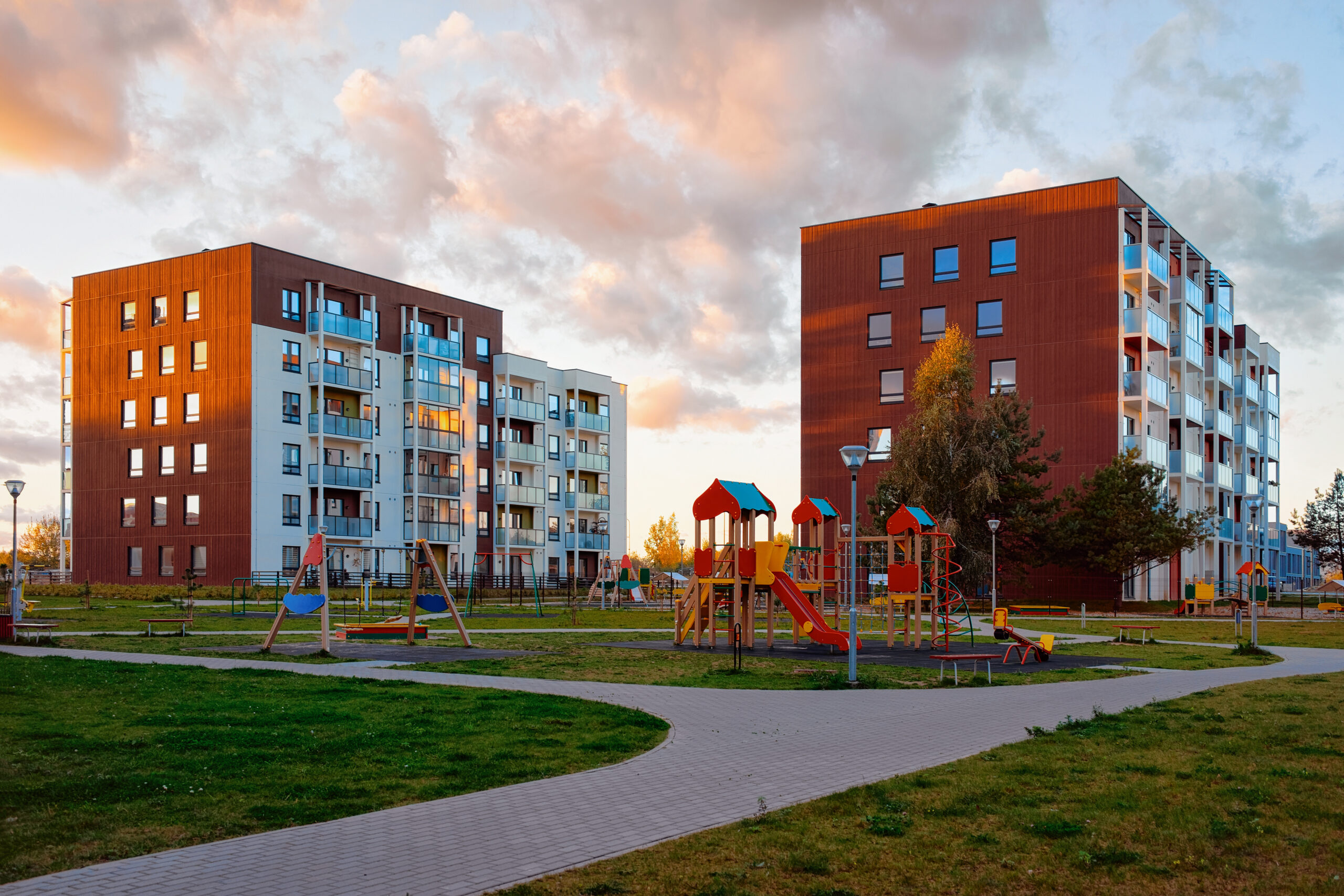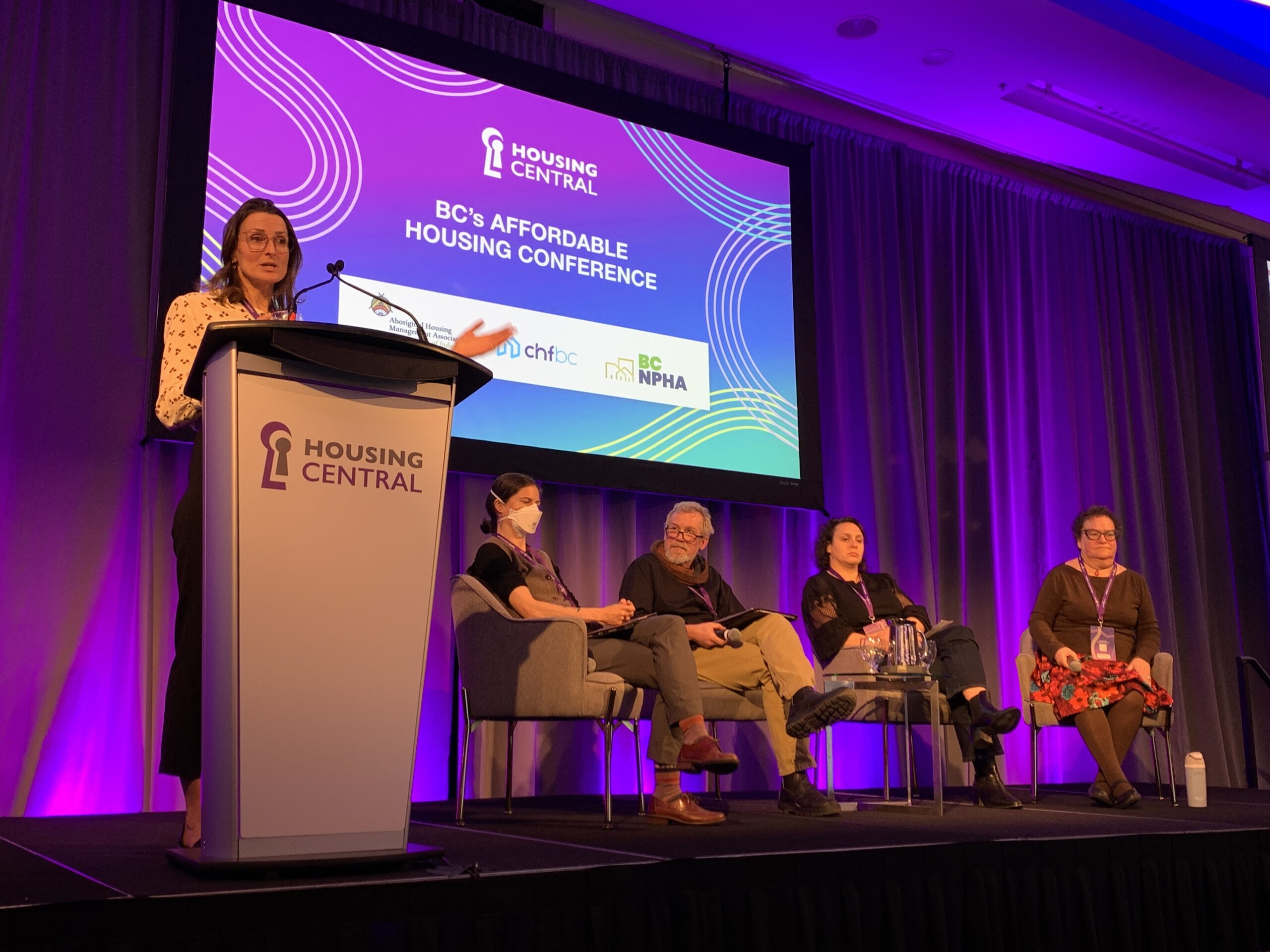A new report, Finding Room for Families, was submitted on Friday April 11, 2025 to the National Housing Council’s Neha Review Panel by the Balanced Supply of Housing and BC Society of Transition Houses. The Neha Review Panel will examine “the right to safe, adequate and affordable housing for women, Two Spirit, Trans, and gender-diverse people, and the government’s duty to hold this right.” The report found that National Occupancy Standards, which are often used to allocate social affordable housing in British Columbia, act as a barrier to housing for women fleeing violence and their families.
The report, written by Dr. Alina McKay, draws on 18 interviews with women who have experienced gender-based violence and five expert-interviews to explore the impact of National Occupancy Standards. In these interviews, many women living in British Columbia reported that their right to housing was not realized, in part because they were unable to gain access to social affordable housing based on their family’s size and composition.
National Occupancy Standards were first introduced as part of Core Housing Need in the early 1990s when the responsibility for housing was downloaded to the provinces. According to these standards two people can share a bedroom if:
- They are a couple or living in a common-law relationship
- They are under the age of 18 and the same gender
- They are under the age of 5 and different genders
In all other circumstances National Occupancy Standards recommend one person per bedroom.
These standards were introduced to help identify the number of bedrooms that households in Core Housing Need required, and therefore were ideally meant to inform funding allocated to the provinces for social affordable housing. However, the shift in responsibility for housing from the federal government to the provinces and territories was followed by thirty years of divestment in social affordable housing.
With little to no new social affordable housing over the last thirty years and growing demand, waitlists for units have increased in many provinces, including British Columbia. At the same time, housing providers in British Columbia often use National Occupancy Standards to allocate scarce social housing units. For women and children fleeing violence, the outcomes are dire. In a 2022 survey1 of BC Society of Transition Houses members, 96% reported that National Occupancy Standards negatively impacted the women they work with. The women interviewed for the study also shared stories of their challenges securing safe and affordable housing and their lack of autonomy in being able to identify housing that met their family’s needs. While the report focuses on women and their families in British Columbia and their right to housing, many communities across Canada are using National Occupancy Standards to allocate housing, making the findings broadly applicable.
The report shares recommendations for each level of government and provides an opportunity for the Neha panel to demand accountability from the government, ensuring that all families realize their right to housing.
Read the Full ReportThe Balanced Supply of Housing is a SSHRC-CMHC funded community-based research project at UBC that focuses on land use and housing financialization across Vancouver, Toronto and Montreal.
1 69 anti-violence workers from across BC responded to the survey in August of 2022



